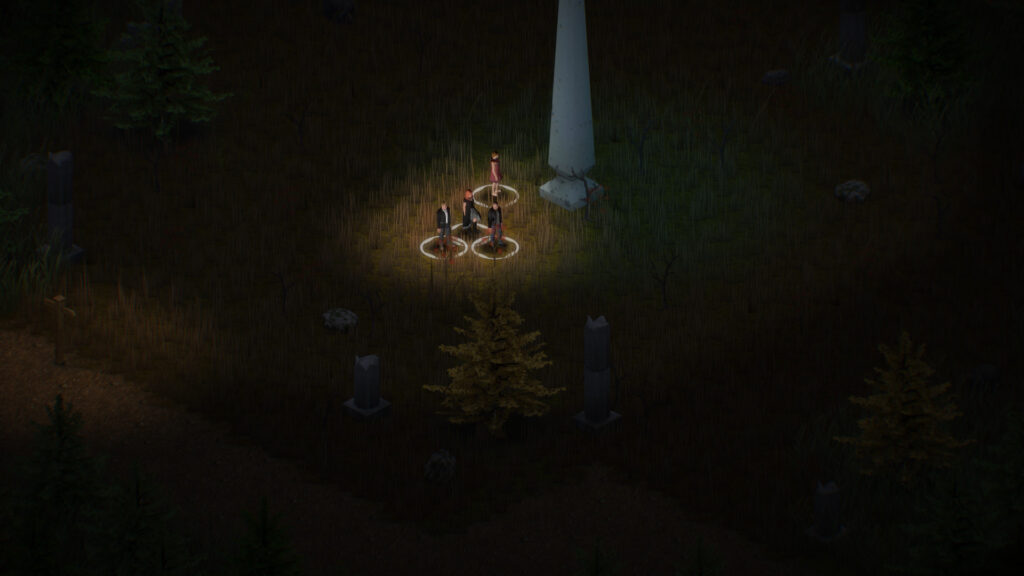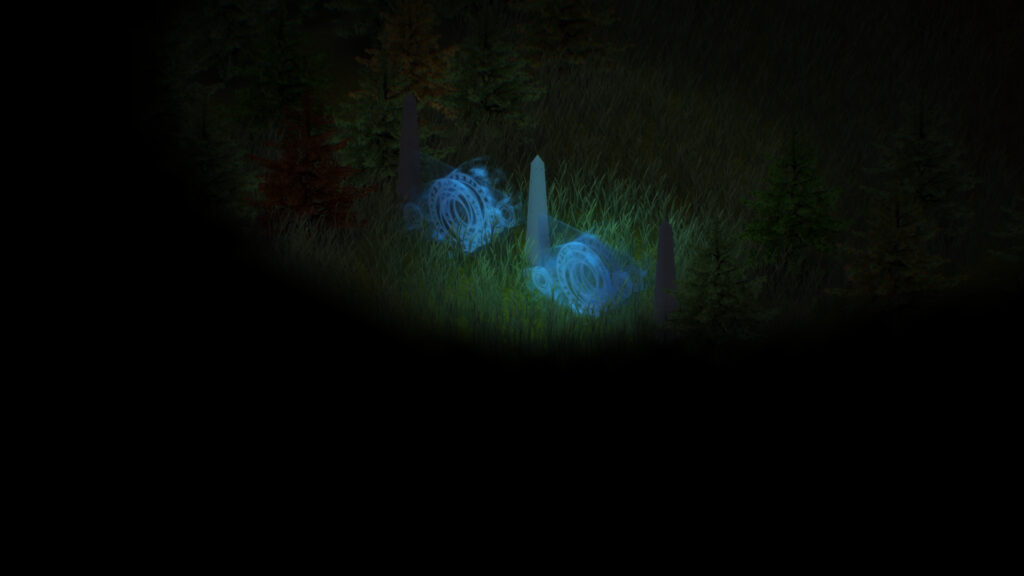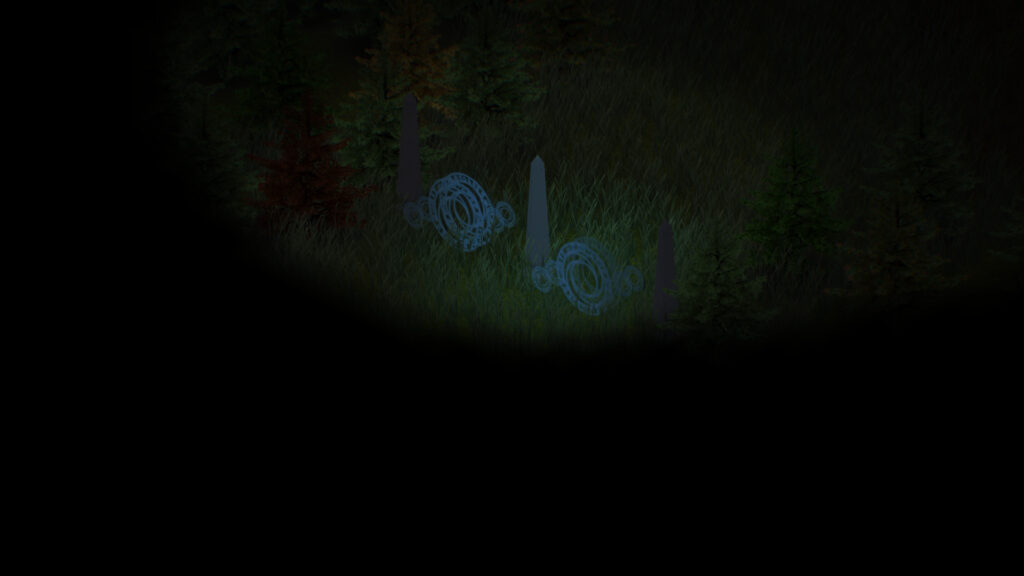Cutscenes have been a part of video games ever since they started having stories incorporated into them. Over the years their quality, fidelity and complexity has increased dramatically. Probably achieving it’s height during the golden age of FMV games in the 90s, when often gameplay was just a means to get you from a cutscene to a cutscene.
Although games are a fundamentally interactive medium and should follow the “play to don’t show” rule, cutscenes, even now, have a lot of utility. They are a great way to build up set pieces, or show the player consequences of their actions, or emphasise a payoff to player’s efforts.
They are also an interesting technical challenge. After all, one is trying to create a system in which the game does what usually would be done by the player, or do things that normally would not be possible in the game in the first place. That’s one of the reasons why so much has been written about Matinee in Unreal Engine and one of the first community questions regarding the Aurora Toolset (powering Neverwinter Nights) was: “How do we create cutscenes?”.
In essence: they are important in modern games.
They also will be important in Elemental Enigma. And although it’s a game that emphasises player choice first and foremost, certain non-interactive elements will be necessary to move the plot along, add some punch to narrative points and make the game world feel a bit more alive.

For this update it mostly means that the system for creating and running cutscenes has been polished up and tested, and a number of short ones are being created for the upcoming demo.
The way this system works is fairly unorthodox, as unlike most, cutscenes are not represented as a timeline, but a graph. That might make it more difficult to time-align events, but on the other hand it makes it easier to chain events that don’t have a certain duration (like ordering a character to walk to a location, when moving obstacles are involved).

So far the results are quite good, even quite complicated scenes are easy to create and test. More work is needed to determine what is the best way to integrate them into the actual game, but that is also being done.



